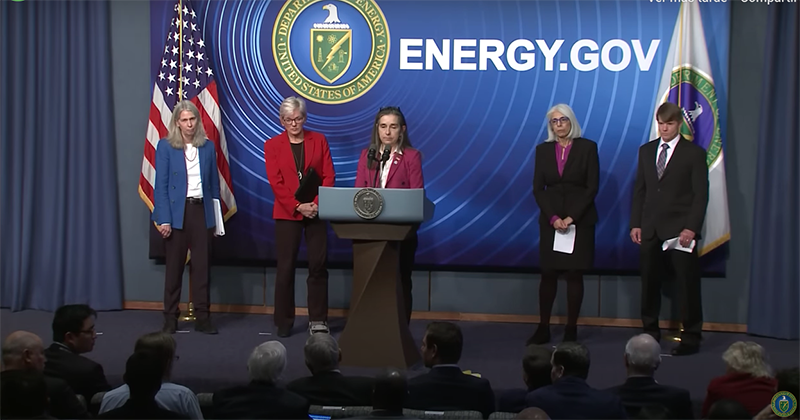Lawrence Livermore National Laboratory (LLNL) achieved fusion ignition after decades in the making. This achievement will pave the way for the future of the energy transition. The U.S. Department of Energy (DOE) and DOE’s National Nuclear Security Administration (NNSA) announced this energy breakthrough.
LLNL’s National Ignition Facility
Earlier this month, LLNL’s National Ignition Facility (NIF) team conducted the first-ever controlled fusion experiment to reach this milestone. This first experiment is known as the scientific energy break-even point. In other words, they produced more fusion energy than the laser energy used to drive it. This feat will provide an unprecedented capability to support NNSA’s Stockpile Management Program.
The breakthrough will provide valuable information on the prospects for clean fusion energy. And it will also contribute to efforts to achieve President Biden’s goal of a net-zero carbon economy.
Far from becoming viable
This energy technology is far from becoming viable power plants and from solving the environmental crisis, we are experiencing. Even so, scientists consider the breakthrough significant because this is irrefutable proof that nuclear energy can be harnessed on Earth.
But commercial fusion with lasers will require new facilities and developments in component technology, such as efficient diode-pumped lasers. And although it will be more than a decade before anyone can commercialize fusion, many companies and investors pursuing the green transition are already pouring money into the fusion industry.
Respond climate change
Many criticize the merger because of the time it will take to become operational to help respond to climate change. But industry participants still believe that a bold move such as this can succeed in time.
Fusion is how the sun produces energy, and recreating a functional fusion reaction has been difficult. This breakthrough means so much because fusion could move from the laboratory to a usable energy source.
“This is a landmark achievement for the researchers and staff at the National Ignition Facility. Who have dedicated their careers to seeing fusion ignition become a reality, and this milestone will undoubtedly spark even more discovery,” said U.S. Secretary of Energy Jennifer M. Granholm.
It can be of your interest: BEMS community solar landfill project in New Jersey Begins construction


